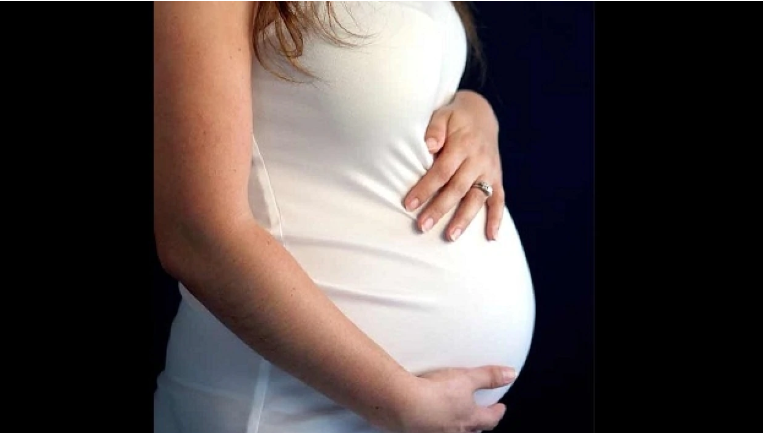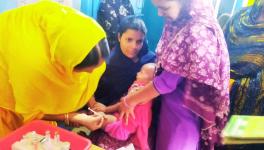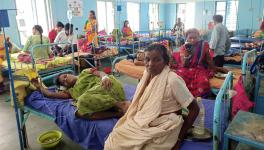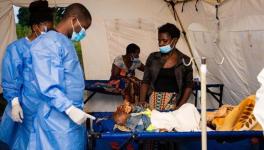India’s Maternal Mortality Declines to 113, Still Nearly Double of UN Goals: SRS Bulletin

Representational Image. Image Courtesy: DNA India
The maternal mortality ratio in India has fallen to 113 in 2016-18 from 122 in 2015-17, a fall of 7.3%, however, it is still nearly double the target 3.1 of the Sustainable Development Goals set by the United Nations, according to the latest Sample Registration System bulletin on MMR released by the Registrar General of India on July 16.
The maternal mortality rate refers to deaths due to birth or pregnancy-related complications per 1,00,000 registered live births. While the UN’s goal is to reduce global MMR to less than 70 by 2030, at 113, India has also missed the 2017 National Health Policy’s target of reducing the MMR to 100.
The latest report has pooled in three years’ data to yield reliable estimates of maternal mortality, as maternal deaths are a rare event which require prohibitively large sample size.
States, which have the worst MMRs – including “Empowered Action Group” (EAG) states comprising Bihar, Jharkhand, Madhya Pradesh, Chhattisgarh, Odisha, Rajasthan, Uttar Pradesh and Uttarakhand – and Assam have witnessed the largest decline – from 175 to 161. While four states in the southern group, except Karnataka with MMR of 92, have been able to meet the goal set by UN.
Also read: Maternal Mortality Rate in Kerala Drops to 40 From 66 in 6 Years
Kerala with a MMR of 43 has again the list with the least number of maternal deaths, however, with a marginal increase from 42 in 2015-17. While Assam has the worst MMR with 215 deaths per 1,00,000 live births, despite witnessing a decline in MMR from 229 in 2015-17.
Three states- Rajasthan, Uttar Pradesh and Odisha-have recorded the highest decline in MMR, even though UP has the second worst MMR in the country at 197. Meanwhile, states including West Bengal, Uttarakhand, Punjab and Chhattisgarh have witnessed an increase in the MMR as compared to 2015-17.
The bulletin has also included an estimate of the life time risk of women. The life time risk is defined as the probability that at least one women of reproductive age (15-49) will die due to child birth or puerperium assuming that chance of death is uniformly distributed across the entire reproductive span. At 0.5%, the life time risk of women is highest in the EAG group and least in the southern states at 0.1%.
In terms of agewise distribution of deaths, maternal deaths accounted for 33% of total deaths among women in the 20-24 age group, followed by women in 25-29 age group with a slightly lesser 32%.
The low decline in MMR indicates a very worrying trend towards the lack of access to quality healthcare among women as maternal deaths are easily preventable. The major causes of major deaths as listed by UNICEF include post partum infection, complications during delivery, severe bleeding, unsafe abortions and high blood pressure during pregnancy.
As per World Health Organisation, “Maternal death is the death of a woman while pregnant or within 42 days of termination of pregnancy, irrespective of the duration and site of the pregnancy, from any cause related to or aggravated by the pregnancy or its management but not from accidental or incidental causes.”
Timely access to healthcare, skilled care during childbirth and antenatal care in pregnancy are some of the ways in maternal deaths can be prevented. Institutional births which can lead to a decline maternal mortality has doubled from 38.7% to 78.9% in the decade to 2015-16, according to the National Family Health Survey (NFHS-4).
Get the latest reports & analysis with people's perspective on Protests, movements & deep analytical videos, discussions of the current affairs in your Telegram app. Subscribe to NewsClick's Telegram channel & get Real-Time updates on stories, as they get published on our website.
























